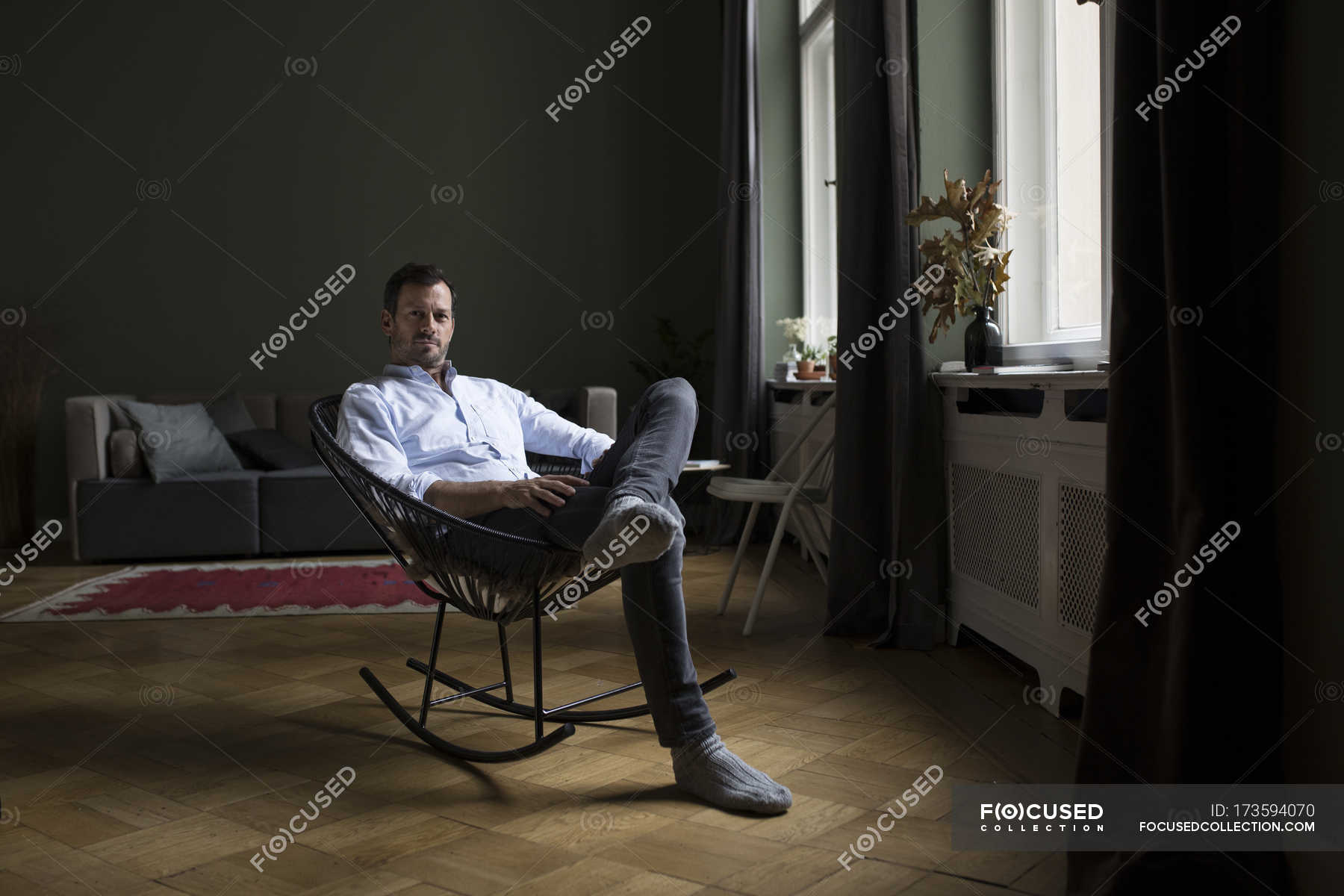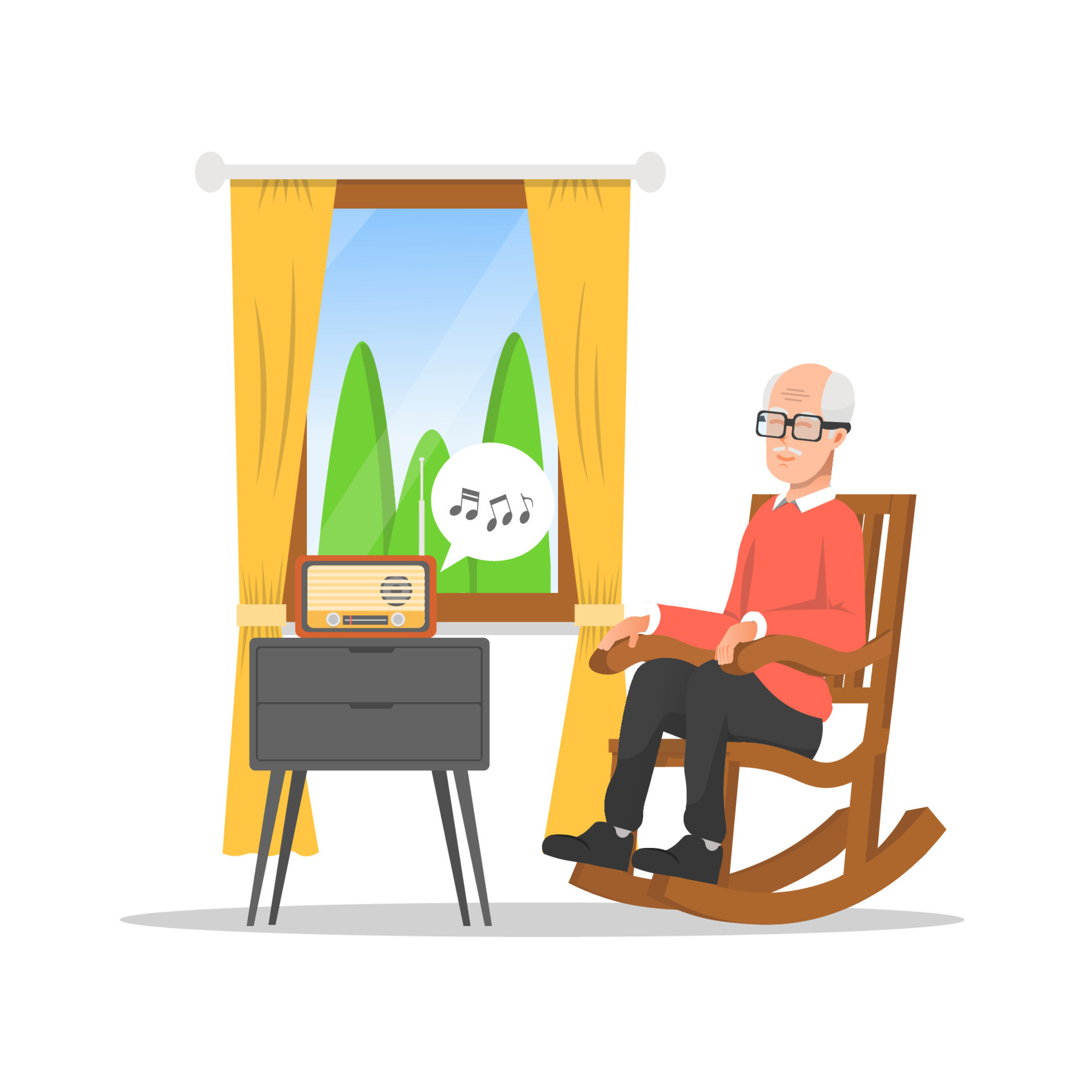The Rocking Chair

The rocking chair, a seemingly simple piece of furniture, holds a profound significance in human history and culture. Its rhythmic motion and comforting presence have resonated with people across generations, becoming a symbol of relaxation, contemplation, and nostalgia.
The Historical Significance of Rocking Chairs
Rocking chairs have a rich history, with their origins tracing back to ancient civilizations. Early forms of rocking chairs, often crafted from wood, were found in various cultures, including ancient Egypt, Greece, and China. The rocking motion was believed to have therapeutic benefits, providing a calming and soothing experience.
- Ancient Egypt: Ancient Egyptians used rocking chairs as a form of therapy for the elderly and those suffering from physical ailments. These early rocking chairs were typically made from wood and adorned with intricate carvings.
- Ancient Greece: Rocking chairs were also prevalent in ancient Greece, where they were used for relaxation and entertainment. The Greeks believed that the rocking motion helped to stimulate blood circulation and promote good health.
- Colonial America: Rocking chairs gained immense popularity in colonial America, becoming a staple in homes across the country. The simplicity of their design and their ability to provide comfort made them a practical and cherished piece of furniture.
Symbolic Meanings of Rocking Chairs
Rocking chairs are often associated with a range of symbolic meanings, reflecting their enduring presence in human culture. These meanings often vary depending on context and personal interpretations.
- Relaxation and Tranquility: The rhythmic motion of a rocking chair has a calming effect, promoting relaxation and a sense of tranquility. The gentle back-and-forth movement can help to ease stress and tension, creating a peaceful and inviting atmosphere.
- Contemplation and Reflection: Rocking chairs are often associated with contemplation and reflection. The gentle rocking motion can encourage introspection and provide a space for quiet thought. Many writers and artists have found inspiration while sitting in rocking chairs, allowing their minds to wander and explore new ideas.
- Nostalgia and Memory: Rocking chairs evoke feelings of nostalgia and memory. Their presence in homes often triggers memories of childhood, family gatherings, and cherished moments. The rocking motion can transport people back to a time of simpler pleasures and familiar surroundings.
Rocking Chairs in Literature and Art
Rocking chairs have been featured prominently in literature and art, serving as powerful symbols and contributing to the overall themes and emotions conveyed.
- Literature: Rocking chairs often appear in literature as symbols of comfort, solitude, and the passage of time. For example, in Harper Lee’s “To Kill a Mockingbird,” the rocking chair on the porch of the Finch residence serves as a focal point for the story, representing the family’s traditions and the changing times.
- Art: Rocking chairs have been depicted in countless paintings and sculptures, capturing their unique form and the emotions they evoke. American artist Grant Wood’s iconic painting “American Gothic” features a man and woman standing in front of their home, with a rocking chair prominently displayed on the porch. The rocking chair symbolizes the couple’s simple life and their connection to their rural surroundings.
The Man in the Rocking Chair

The image of a man seated in a rocking chair is a ubiquitous one in literature and art, evoking a sense of tranquility, contemplation, and often, a hint of melancholy. This seemingly simple object holds a profound significance, serving as a visual motif that encapsulates a myriad of human experiences, from the quiet moments of introspection to the weighty burdens of life.
The Man in the Rocking Chair: A Literary and Artistic Trope, Man in rocking chair
The rocking chair has transcended its function as a piece of furniture, becoming a powerful symbol in artistic expressions. Its presence in literature, painting, and film often serves to deepen the portrayal of characters, adding layers of complexity and symbolism to their narratives.
The rocking chair’s rhythmic motion, a gentle back and forth, is inherently linked to the passage of time. Its presence in a story often signifies a state of contemplation, reflecting the character’s thoughts and emotions as they navigate the ebb and flow of life. This rhythmic motion can also evoke a sense of isolation and introspection, emphasizing the character’s solitude and their internal struggles.
- The Rocking-Horse Winner by D.H. Lawrence: The rocking horse in this short story is a symbol of the protagonist’s desperate yearning for wealth and his inability to find happiness in his own life. The child’s obsessive rocking, fueled by a desire to win money, highlights his emotional turmoil and the emptiness of his existence. The rocking motion becomes a physical manifestation of his internal anxieties and his futile attempts to escape his reality.
- The Old Man and the Sea by Ernest Hemingway: Santiago, the protagonist of Hemingway’s novella, spends countless hours in his rocking chair, reflecting on his life and the challenges he faces. The rocking chair serves as a symbol of his resilience and determination, representing his unwavering spirit despite the hardships he encounters. The rhythmic motion of the chair mirrors the ebb and flow of his life, the highs and lows he experiences as a fisherman.
- The Man in the Rocking Chair by Anton Chekhov: This short story explores the themes of isolation and regret through the portrayal of a lonely old man who spends his days rocking in his chair, reminiscing about his past. The rocking chair becomes a symbol of his isolation and his inability to connect with the world around him. The rhythmic motion of the chair echoes the monotonous rhythm of his life, highlighting the emptiness and meaninglessness he feels.
In visual arts, the rocking chair has been depicted as a symbol of both comfort and solitude. Artists like Grant Wood and Andrew Wyeth have captured the essence of this iconic object in their paintings, using it to convey themes of rural life, contemplation, and the passage of time.
- American Gothic by Grant Wood: The painting features a farmer and his daughter standing stiffly in front of their home, a rocking chair prominently displayed on the porch. The rocking chair, with its simple design and worn appearance, represents the stability and resilience of rural life. Its presence in the foreground adds a sense of stillness and permanence to the scene, highlighting the unchanging nature of the rural landscape and the traditional values it embodies.
- Christina’s World by Andrew Wyeth: This iconic painting depicts a young woman in a flowing dress crawling across a barren field towards a farmhouse in the distance. A rocking chair sits on the porch of the farmhouse, symbolizing the comfort and security that Christina longs for but cannot reach. The rocking chair’s stillness contrasts with Christina’s arduous journey, highlighting the unattainable nature of her dreams and the challenges she faces in her life.
The rocking chair, through its presence in literature and art, has evolved into a powerful symbol that transcends its physical form. It embodies themes of solitude, reflection, and the passage of time, adding depth and complexity to the narratives and visual representations it inhabits.
The Rocking Chair as a Tool for Storytelling: Man In Rocking Chair

The rocking chair, a seemingly simple piece of furniture, can be a powerful tool in the hands of a skilled storyteller. It transcends its physical form, becoming a symbol of the character’s inner world, the rhythm of the story, and the journey they embark upon.
The Rocking Chair as a Reflection of Inner Turmoil
The rhythmic back-and-forth motion of a rocking chair can be used to symbolize a character’s emotional state. A character in distress might rock back and forth with increasing speed and intensity, mirroring their inner turmoil. This creates a visual and auditory representation of their emotional state, drawing the reader into their experience. For instance, in Edgar Allan Poe’s “The Tell-Tale Heart,” the narrator’s increasingly frantic rocking as he hides the body of his victim serves as a physical manifestation of his mounting guilt and paranoia.
The Rocking Chair and the Rhythm of the Story
The rhythmic motion of the rocking chair can also be used to create a sense of suspense or tranquility in a narrative. The steady, gentle rocking can create a soothing and calming atmosphere, reflecting a peaceful moment in the story. Conversely, a more rapid and erratic rocking can build tension and anticipation, foreshadowing a dramatic turn of events. This is evident in Shirley Jackson’s “The Lottery,” where the villagers’ seemingly calm rocking during the lottery ceremony belies the sinister nature of the event that unfolds.
The Rocking Chair as a Symbol of Transformation
The rocking chair can also symbolize a character’s journey or transformation. A character might start their journey sitting in a rocking chair, representing their stagnation or inertia. As they progress, the rocking chair can become a symbol of their growth and change. The chair might become more worn and weathered, reflecting the character’s life experiences. This is exemplified in Harper Lee’s “To Kill a Mockingbird,” where Atticus Finch’s rocking chair becomes a symbol of his unwavering moral compass and the wisdom he gains over the course of the novel.
Man in rocking chair – The image of a man in a rocking chair evokes a sense of peace and tranquility. This timeless image is often associated with comfort and relaxation, and for good reason. Many choose to sit in a rocking chair for its gentle motion and soothing effect.
If you’re looking for the perfect chair to embody this feeling, consider an Ethan Allen wooden rocking chair. Crafted from high-quality materials and designed with meticulous attention to detail, these chairs offer a level of comfort and elegance that will make you feel like you’re stepping back in time.
Whether you’re enjoying a cup of coffee on a quiet morning or simply taking a moment to unwind at the end of a long day, a man in a rocking chair, especially one from Ethan Allen, can truly embody the essence of relaxation.
The image of a man in a rocking chair evokes a sense of tranquility and reflection. This simple act of gentle swaying has been a comforting ritual for generations. And just like the man in his rocking chair, children too can experience the same sense of calm and contentment in a kids wicker rocking chair.
These charming chairs, often made with natural materials, offer a cozy haven for little ones to unwind and dream. Much like the man in his rocking chair, a child in their wicker rocking chair becomes a symbol of innocent joy and simple pleasures.
